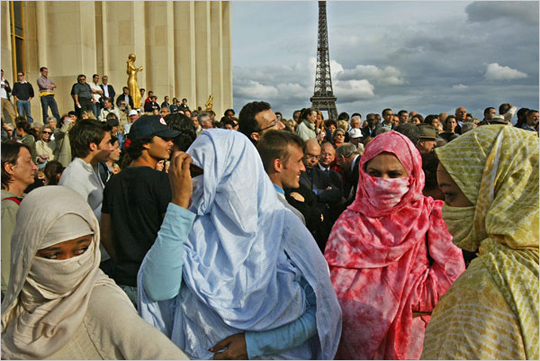The idea of learning Italian in Poland, or Hebrew in Brazil, was incredibly interesting to me for some reason. Anyway, here is a list of some alternative places where you can learn an interesting language.
Italian in Toronto.

Italian is the 3rd most spoken language in the largest city in Canada, with over 160,000 L1 speakers. Many of these Italian speakers reside in Torontos' Little Italy and Corso Italia districts. Canada even has its own Italian language channel, based in Toronto, called Telelatino.
Kurdish in Istanbul.

There are 2-3 million ethnic Kurds living in Istanbul, more than any other city in the world. This is mainly due to the Kurdish-Turkish conflict, and the push for an autonomous Kurdish state within Turkey and Iraq. In 2006 the Turkish government allowed the broadcasting of shows in the Kurdish language, as long as they weren't aimed at children or the teaching of the language. With a change of heart in 2009, a state-controlled Kurdish language TV channel was started. If you leave Istanbul and start heading towards cities such as Diyarbakir, then you will see signs in both Turkish and Kurdish, due to the large Kurdish populations.
Japanese in Sao Paulo.

Want to learn Japanese but Japan is too expensive? There are apparently some 1.5 million Japanese speakers in Brazil, and many of them reside in the city of Sao Paulo. If you venture in the Liberdade district then you will find it a bastion of Japanese speakers, with the McDonalds sign famously being written in Japanese. The Japanese language newspaper 'Sao Paulo Shinbun' has been in circulation in Sao Paulo since 1946.
Arabic in Paris.

While it is hard to get exact numbers, it is well known that many Arabs and North Africans have made their way to cities in France, mainly Paris. Along with them came their particular dialects of Arabic. Most are from Algeria, Morocco, and Tunisia.
Indonesian in Amsterdam.

Dutch-Indonesians make up the largest minority ethnic group in the Netherlands, with estimates reaching 2 million. There is a large population of Indonesians living in the east of Amsterdam, almost certainly due to the historical proliferation of the Dutch East India Trading company. They are credited with being the ethnic minority with the lowest crime rate in the Netherlands.
The similarities between Dutch and Indonesian are hard to miss, with some 10,000 Dutch loanwords in the Indonesian language!
Urdu in London.

London is one of the most linguistically diverse cities in the world, and one of the few places you could find a native speaker of almost any language still spoken today. So the fact I chose Urdu is fairly arbitrary. The top 10 immigrant languages spoken in London are (in descending order of popularity) Polish, Bengali, Gujarati, French, Urdu, Portuguese, Turkish, Spanish, Arabic and Tamil. Take your pick.
It is also worth mentioning that with 38,000+ native Iranians living in London, it wouldn't be hard to find a Farsi teacher either.
No comments:
Post a Comment